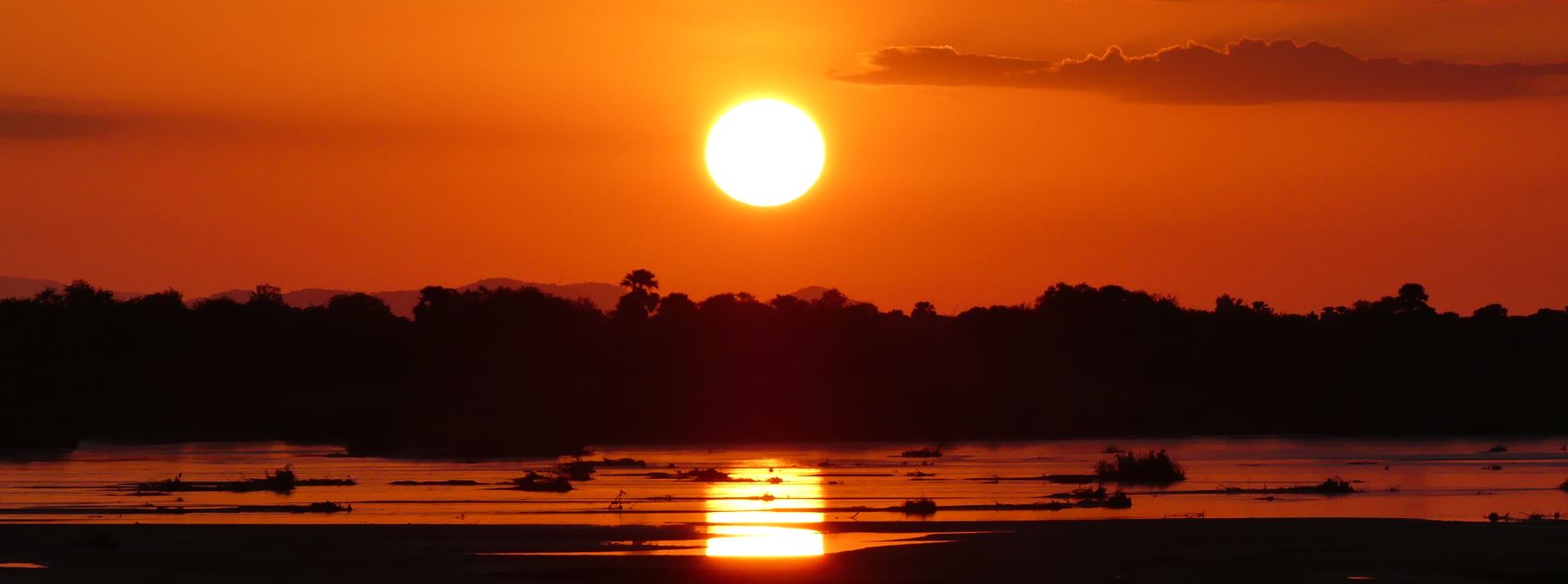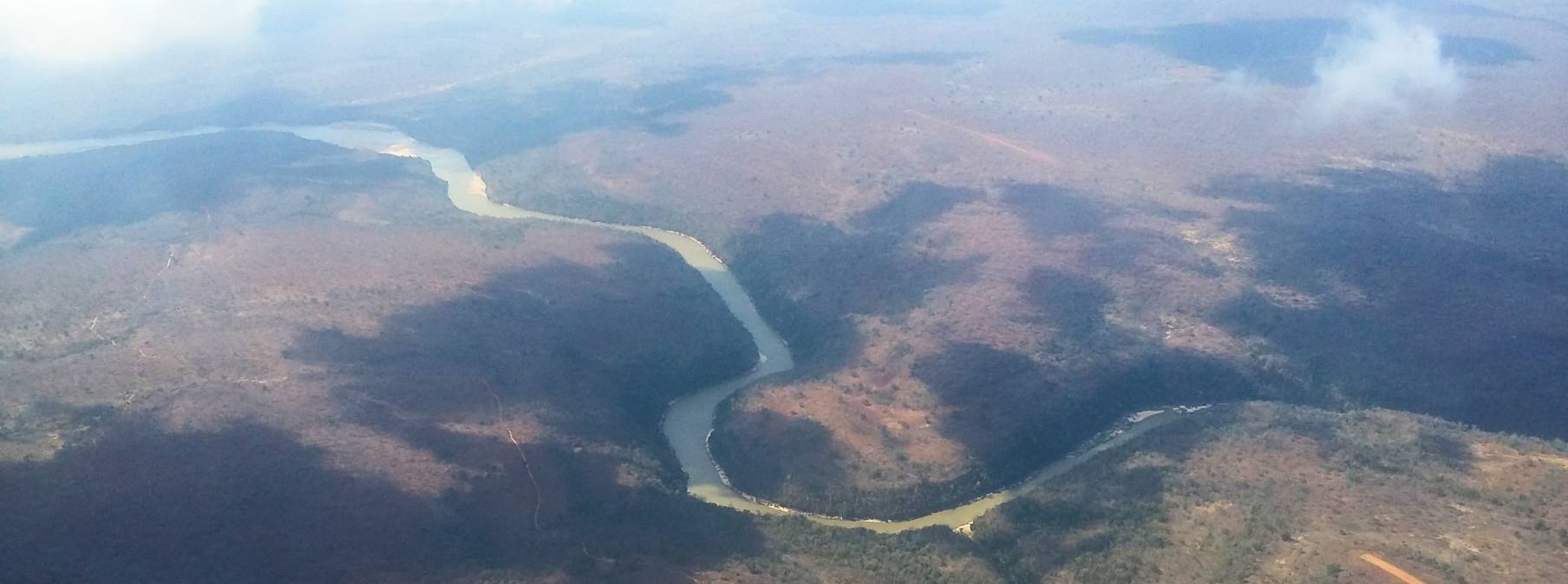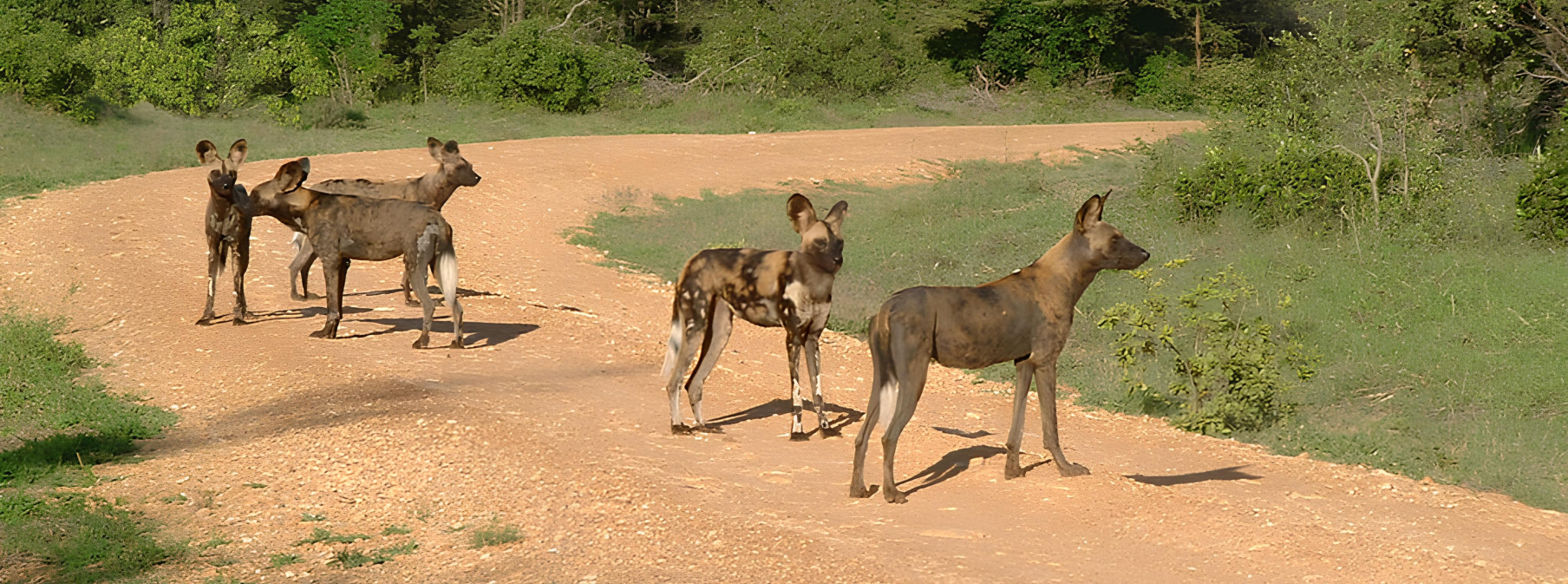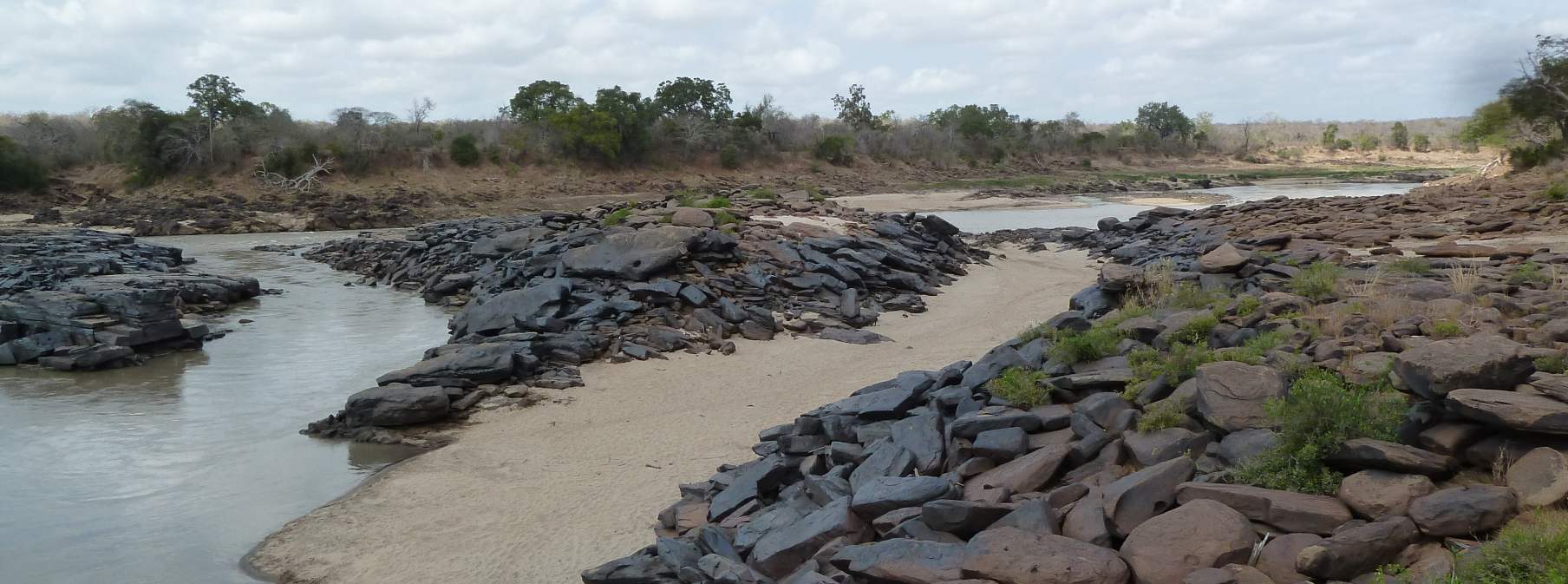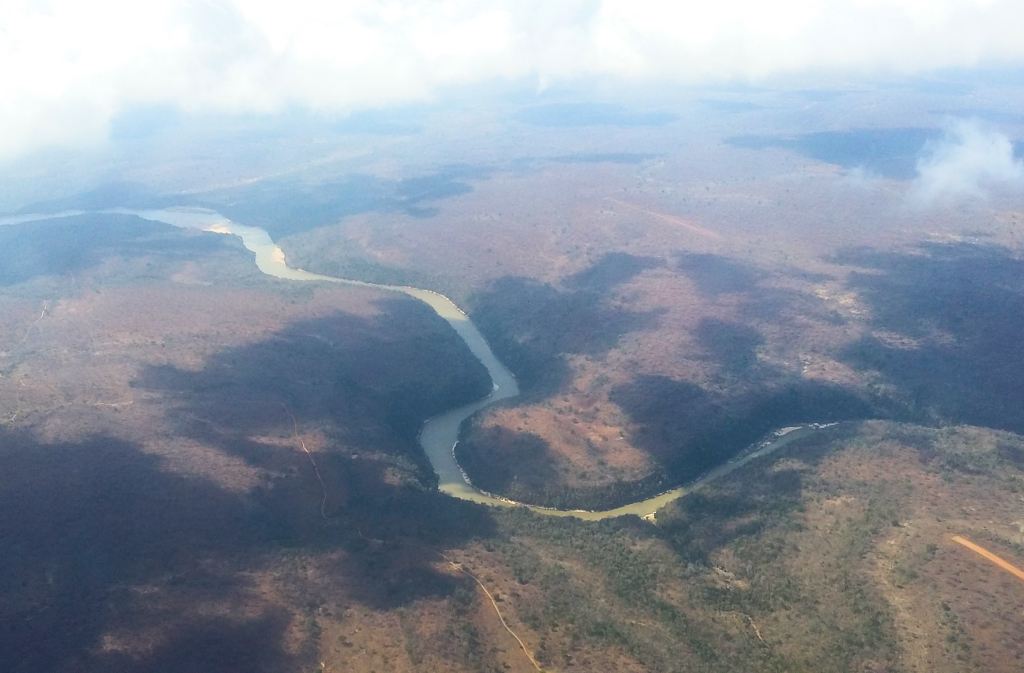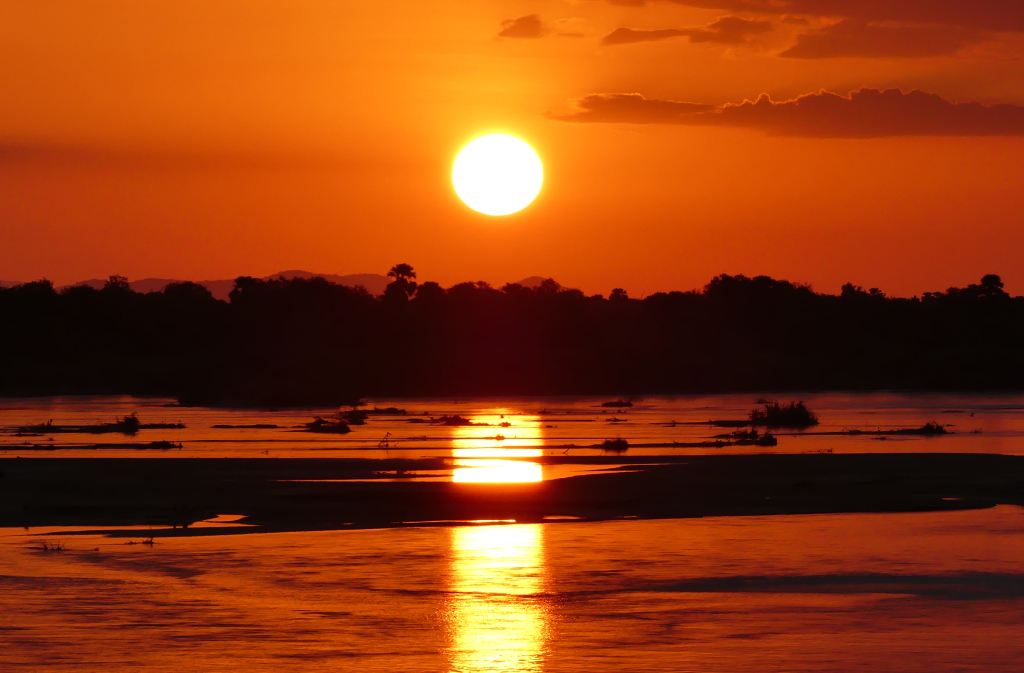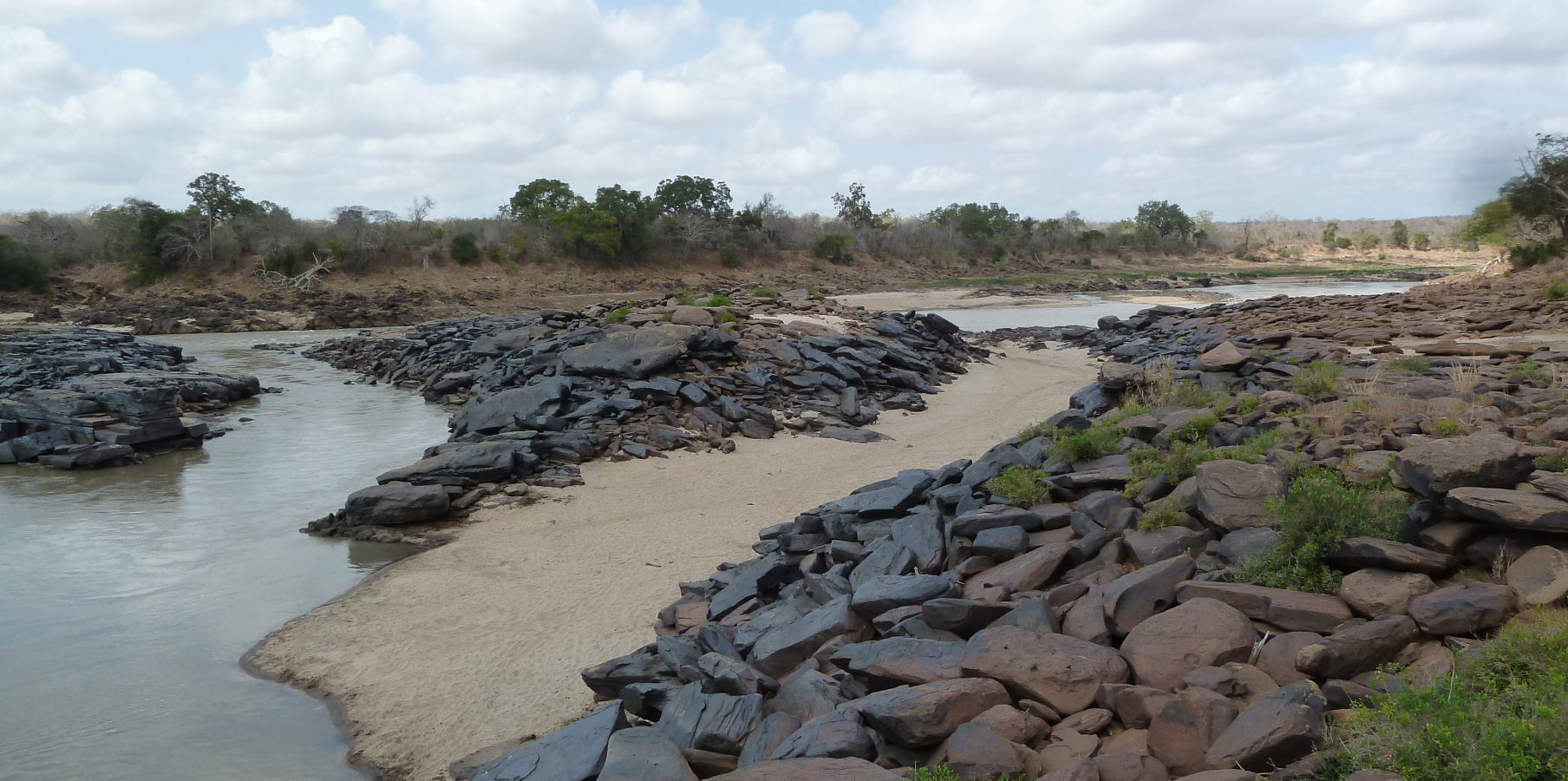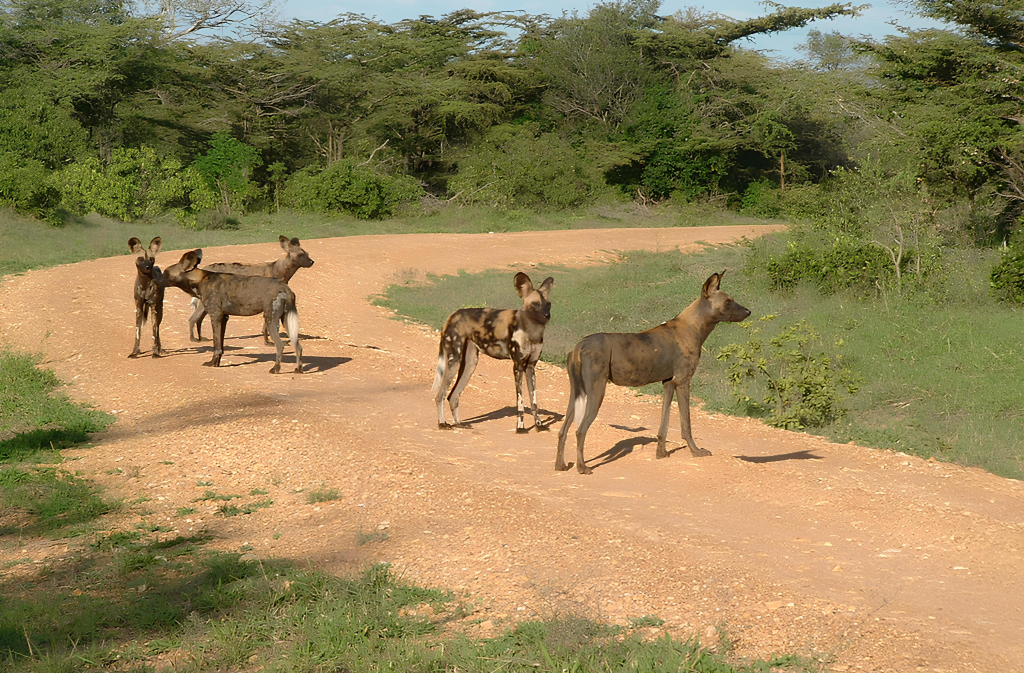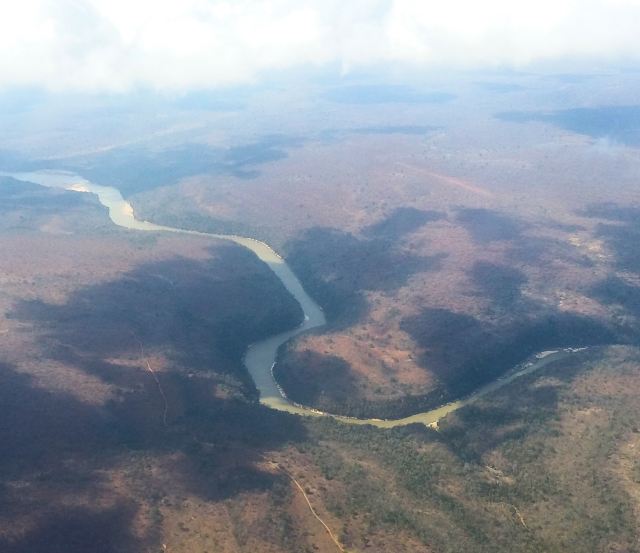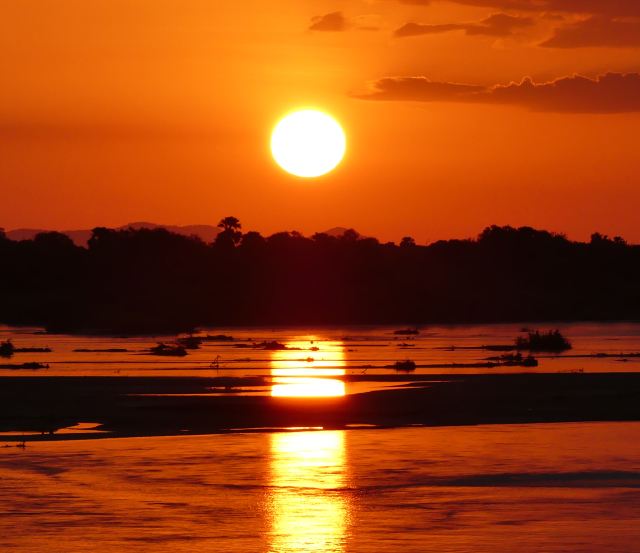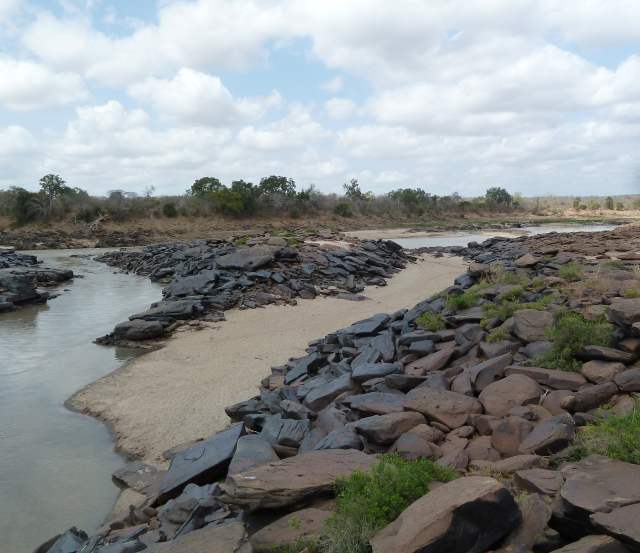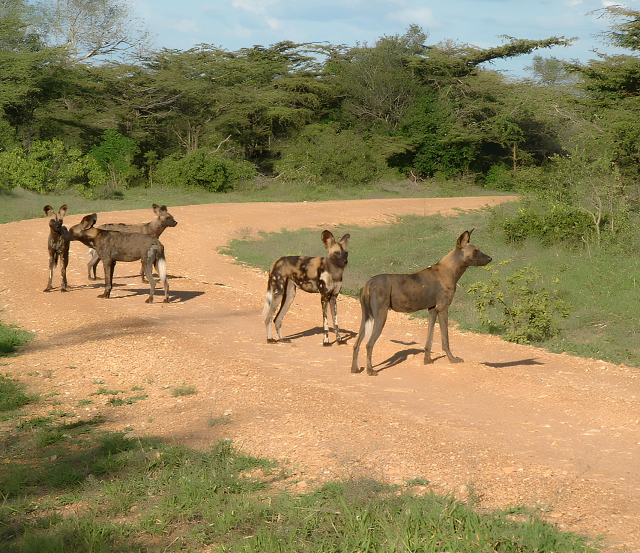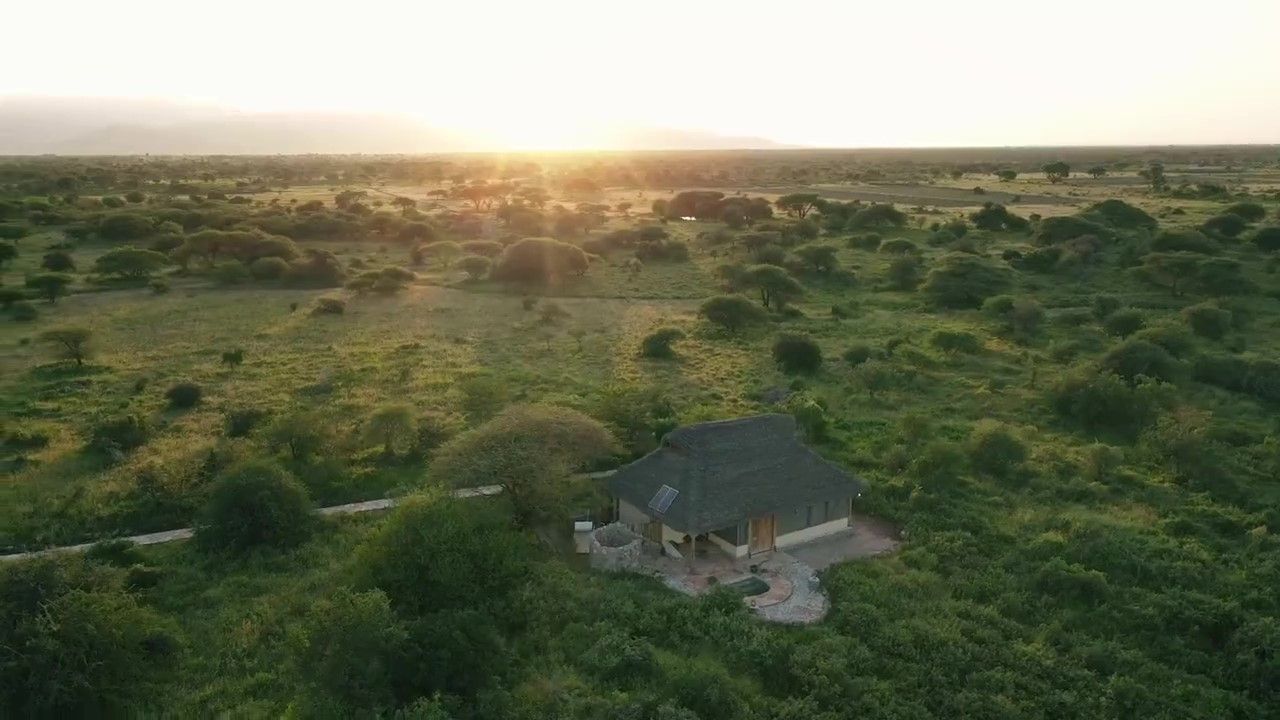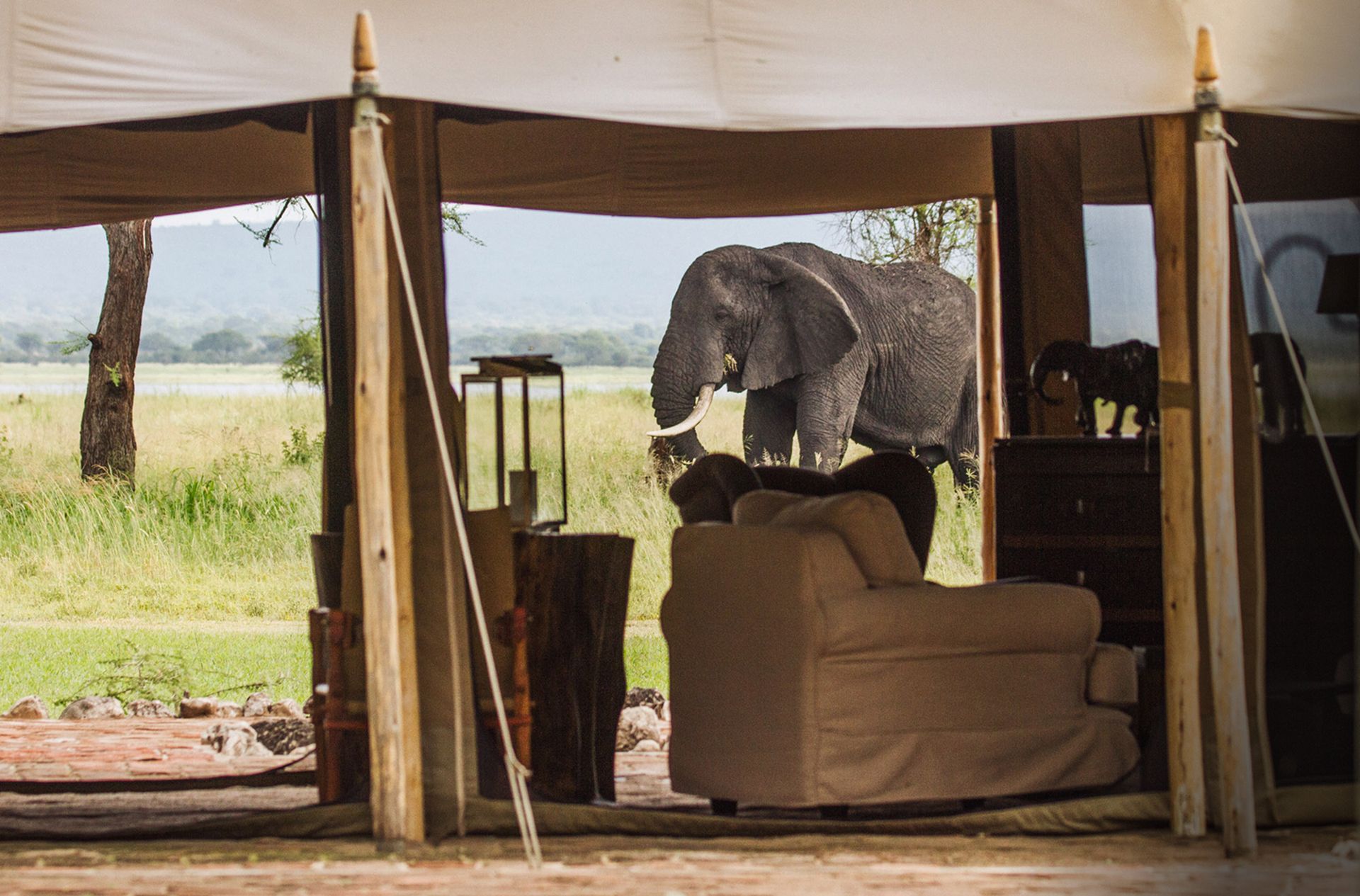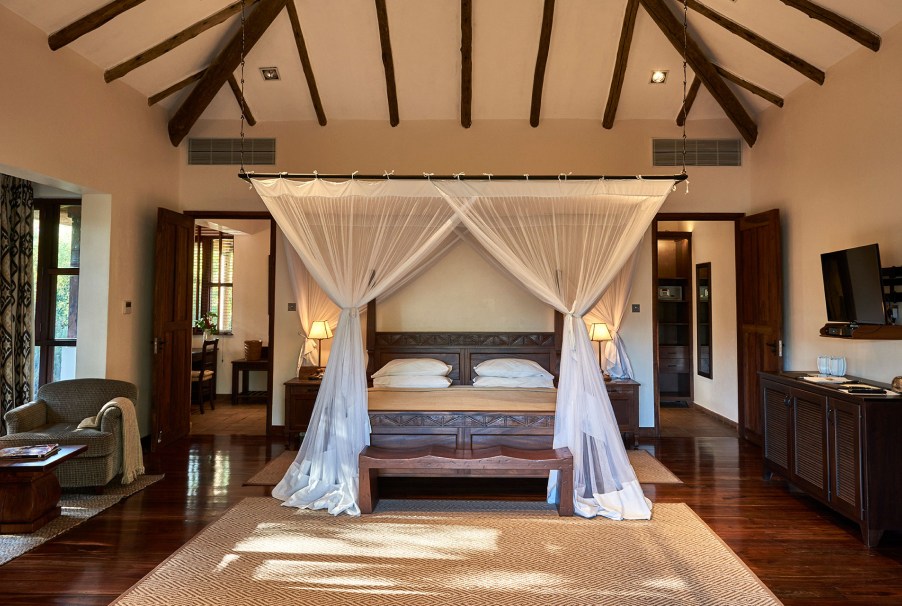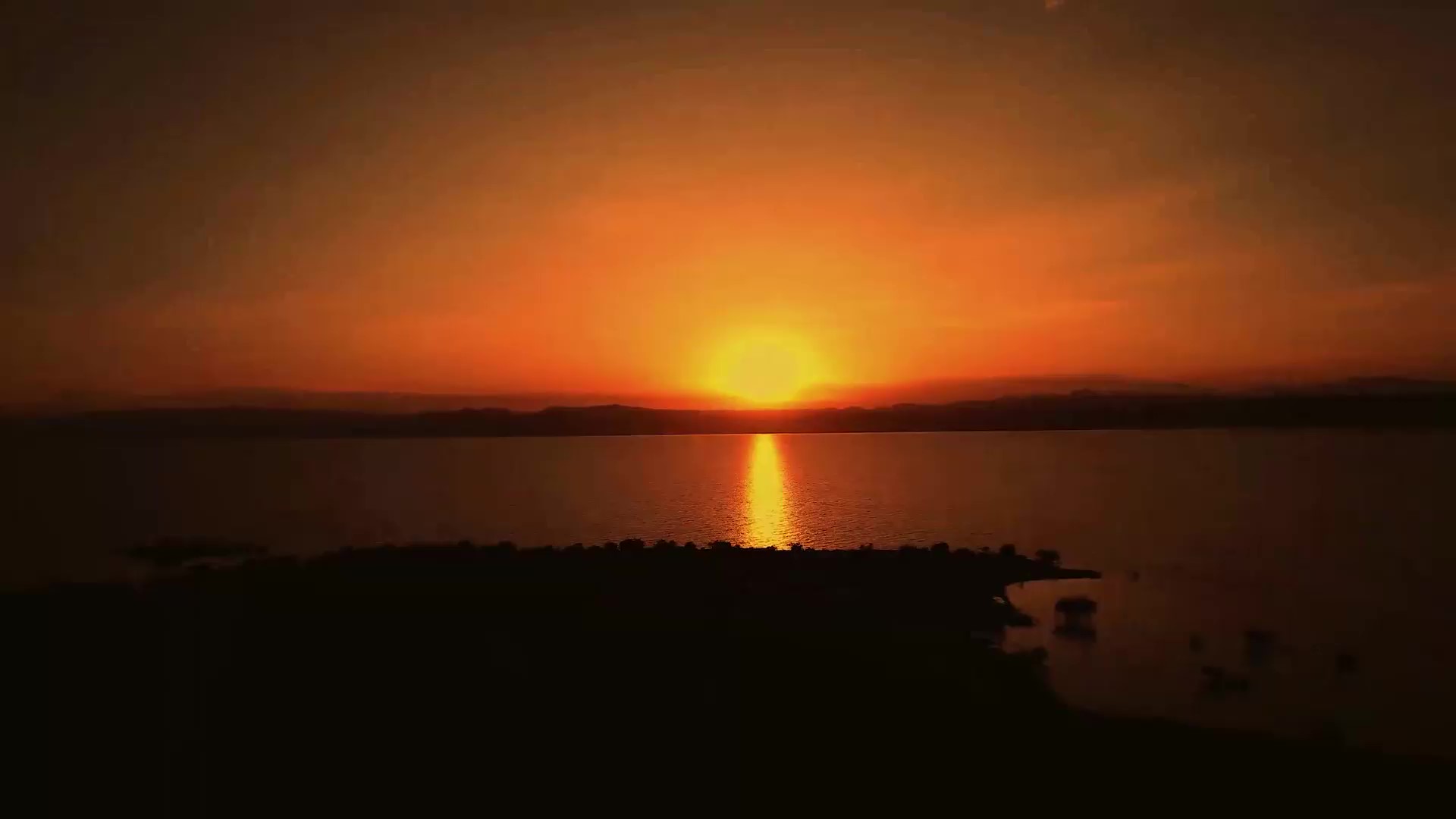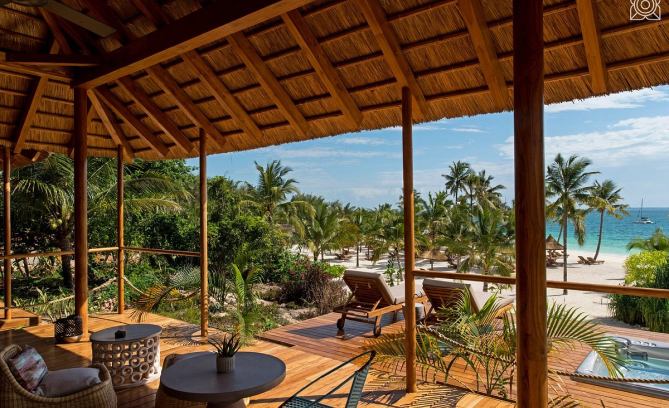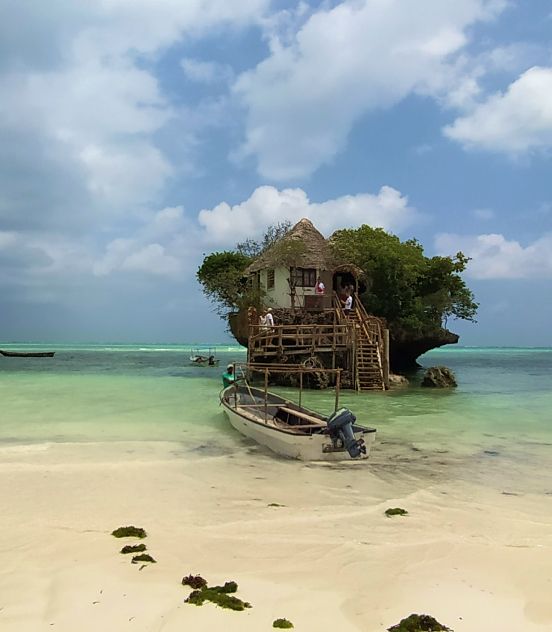Discover Selous
Africa's largest game reserve
Selous Game Reserve located in southern Tanzania was established in 1896 and named after the hunter Frederick Courtney Selous, a 20th-century English officer. It was designated as a UNESCO World Heritage Site in 1982 for its rich wildlife. However, the reserve is under threat due to poaching.
The territory is heavily wooded and crossed by the Rufiji River, which divides it into two: the north is devoted to safaris and the south to hunting. In 2019, the northern part of the game reserve was renamed to Nyerere National Park in honor of the first president of Tanzania.
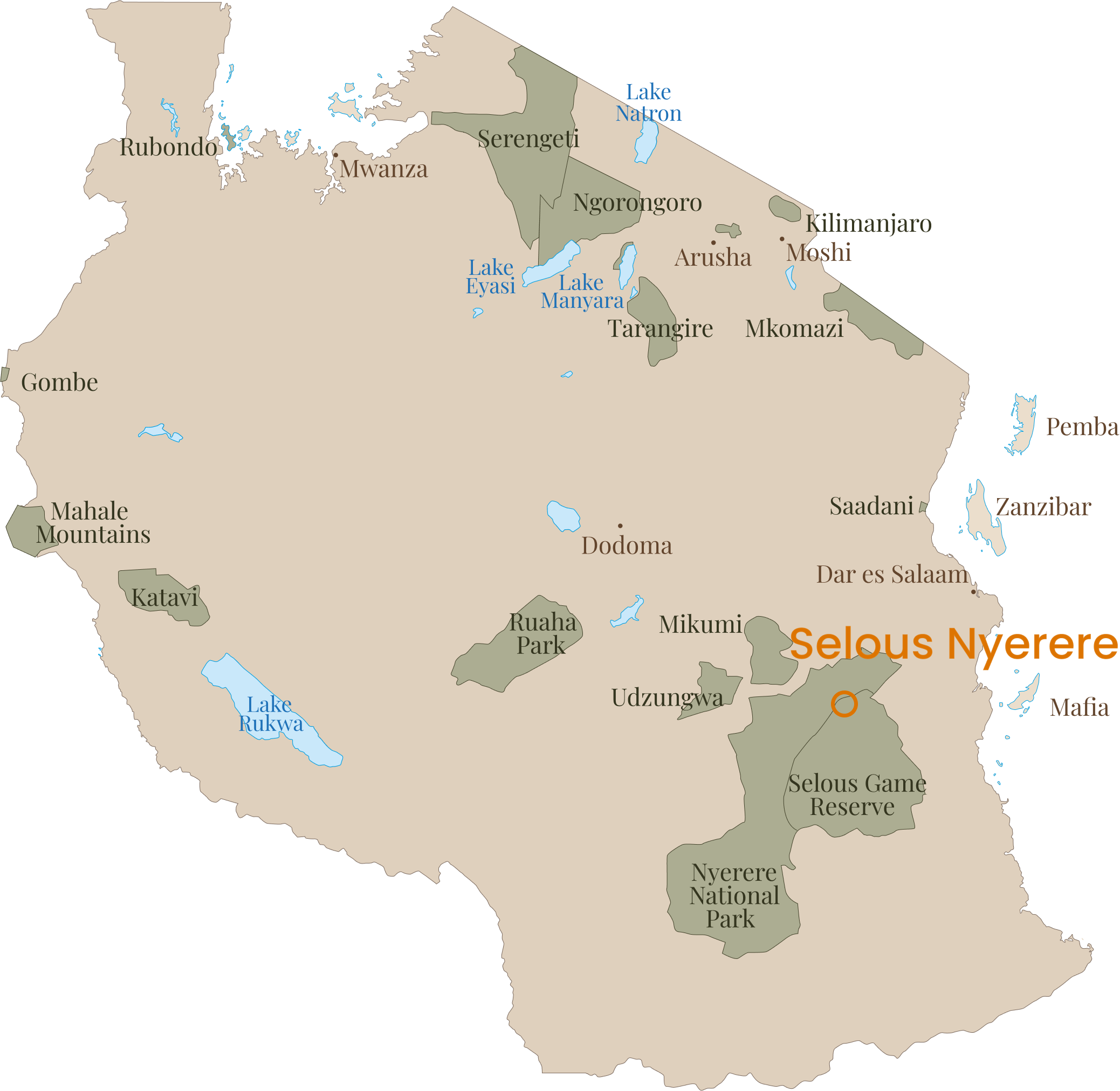
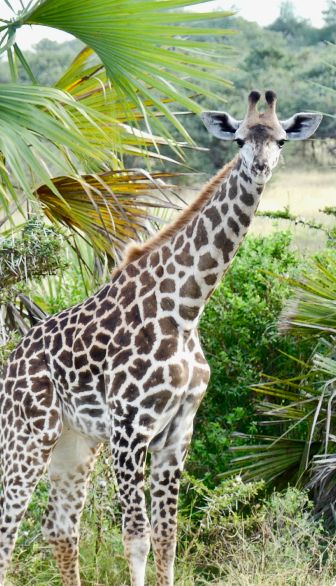
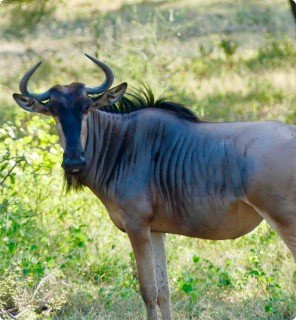
A journey to the heart of Tanzania's most beautiful landscapes.
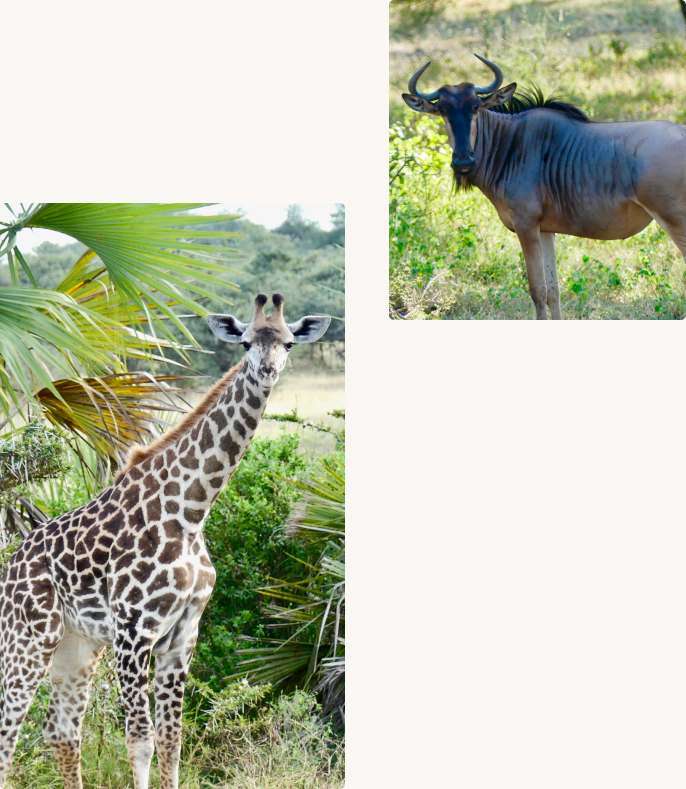
Habitat
& Animals
Selous is also home hot springs, adding a unique dimension to its immense diversity of landscapes. It is the largest reserve in Africa, covering 55,000 km². The Selous is crossed by the majestic Rufiji River, which divides the reserve in two: the north, dedicated to safaris, and the south, dedicated to hunting. The reserve is mainly wooded, with savannahs, swamps and lakes. As well as its hot springs, Selous is home to a variety of wildlife, although some species are threatened due to poaching and hunting.
Look out for:
· Lion
· Zebra
· Wildebeest
· Eland
· Wild dog
· Giraffe
A journey to the heart of Tanzania's most beautiful landscapes.
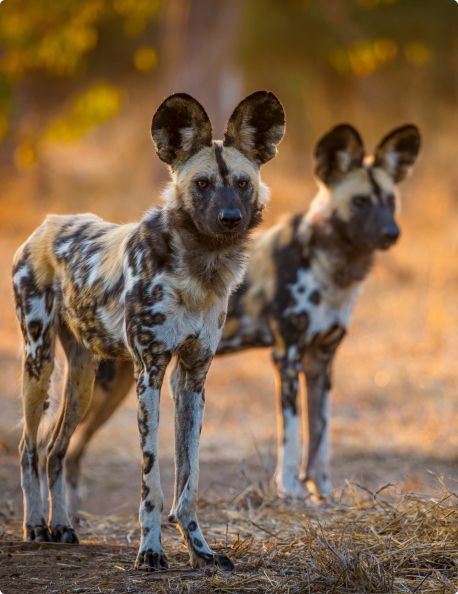
THE WILD AFRICAN DOG
Selous Game reserve is home to around 1,300 wild dogs, also known as painted wolves. These carnivores measure up to 80 cm at the withers and weigh around 30 kg, with a life expectancy of 12 years. Their unique coat of brown, black, yellow and white makes each individual recognisable.
Dogs live in packs of around twenty, led by a breeding pair. The whole pack looks after the litter, and there is a hierarchy between males and females. They are nomadic most of the time, and their territory is vast. Wild dogs hunt in groups, relying on their stamina to capture zebra, wildebeest and antelope, and consume around 150g of meat a day.
The species is under serious threat, falling from 500,000 individuals at the start of the 21st century to less than 3,000 today, mainly due to human activities. Loss of habitat, increased roads, inbreeding and diseases such as the distemper virus, transmitted by domestic dogs, are exacerbating their decline.
 4×4 Safari
4×4 Safari
Explore the park's vast plains on board a 4×4, where you can observe incredible wildlife, including elephants, lions and giraffes in their natural habitat.
 Boat safari
Boat safari
Cruise the park's rivers for a unique experience, seeing hippos, crocodiles and a multitude of birds up close.
 Walking safari
Walking safari
Set off on a guided walking safari, and get up close to nature and the animals in a more immersive way, while discovering the hidden details of the landscape.’
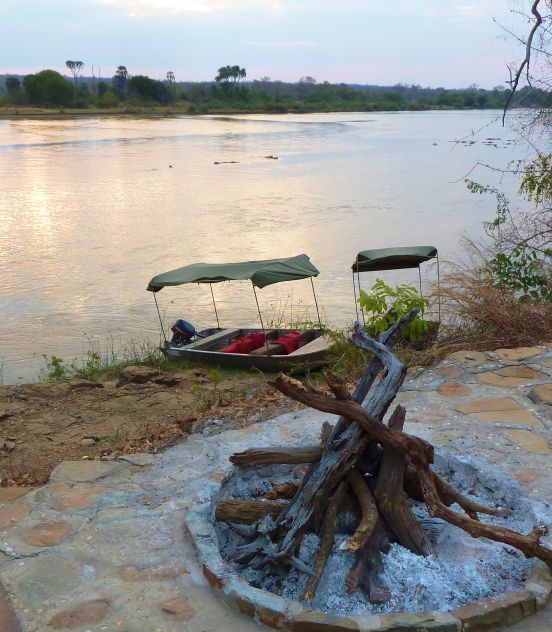
Your highlights
Scenic views from the bush plane
Observe hippos from a boat
Being away from the touristics crowd
The Rufiji River
Looking for wild dogs
Where to sleep
to make the most of Selous
These accommodations
have been selected with care
by our team.
Rufiji River Camp
Sand River
Rufiji River Camp
Sand River

Guide's tip
“Selous is Africa's largest game reserve and a UNESCO World Heritage Site. It features hot springs and the Stieglers Gorge.
Driving in this park requires a good deal of experience. The animals are also wilder and harder to find because of the hunting that takes place in the south of the reserve.“
Wilfred, Safari Guide
Similar safaris
Explore our travel itineraries and get in touch to plan your tailor-made adventure.
